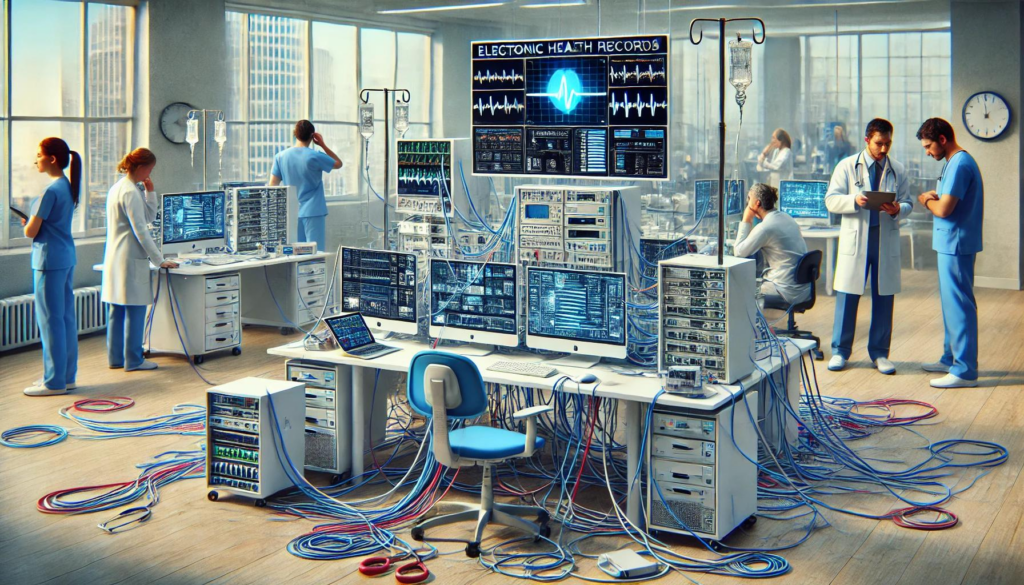Patient Generated Health Data: Challenges & Opportunities
We now live in the era of patient-generated health data, and that has the potential to be a very good thing! A recent study completed by an Arizona-based healthcare system revealed that the PGHD cloud could cut the length of hospital stays by 64% and reduce the cost by 72%. It has already been demonstrated that patient verification of medication lists improved their accuracy.
That latter example may be particularly important since lawyers have started to question whether EHRs should even be considered a legitimate, high-integrity data source. Many express concern that they could be manipulated since they’re not just clinical records but also sources of billing information.
“While some regulatory reference exists to supportive functions,” declared an Ava Maria Law Review report, “their use is not required in deployed systems, meaning that evidentiary non-reliability will persist as a challenge to e-Discovery and to all business record-supported or dependent processes in the healthcare industry for a long time.”
PGHD Challenges
Everyone has concerns about PGHD, but the issues of course vary from doctors to administrators to patients.
Doctor challenges include:
- Data overkill
- Understandability of data
- Legal concerns
- Hardware and software that has not been standardized
- Provenance detailing the data’s history
- Cost
- Speed and seamlessness of the system
- Outfitted properly for reconciliation and training.
Administrator and IT dilemmas are:
- Training and support
- Data integrity (trust of source)
- Interoperability, for efficiency
- The way that the data is collected and presented
- Standardization
- Insightful big data analytics.
Patient concerns include:
- Data integrity (trust of provider)
- Privacy and security mechanisms
- Ability of device to store and transfer accurately
- Performance and usability of PGHD application
- Incorporation of patient perspective
- Assurance that data won’t be unintentionally shared
- Secondary data utilization.
Expectations
Probably the most important element of a successful patient-generated health data program is that expectations are properly established. Clinicians, administrators, IT staff, and patients should all agree on what data will be collected and used, how it should be transferred to the provider, and what will occur once that information is in the provider’s hands.
“When PGHD capabilities are implemented properly, including having an established set of policies and procedures in place for handling PGHD and maintaining transparency about the use of a patient’s information,” explained HIMSS, “concerns are addressed and potential liability may be reduced and mitigated.”
Safety & interoperability
Patient-generated health data can improve the way you deliver care, cut costs, and improve patient engagement. That said, the performance level must be very high, all parties involved must be credible, and security should be paramount.


